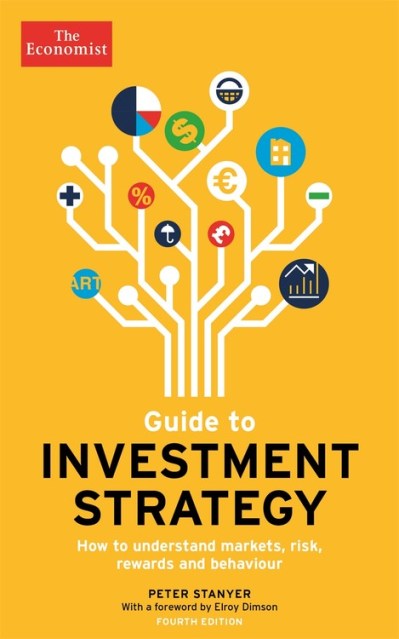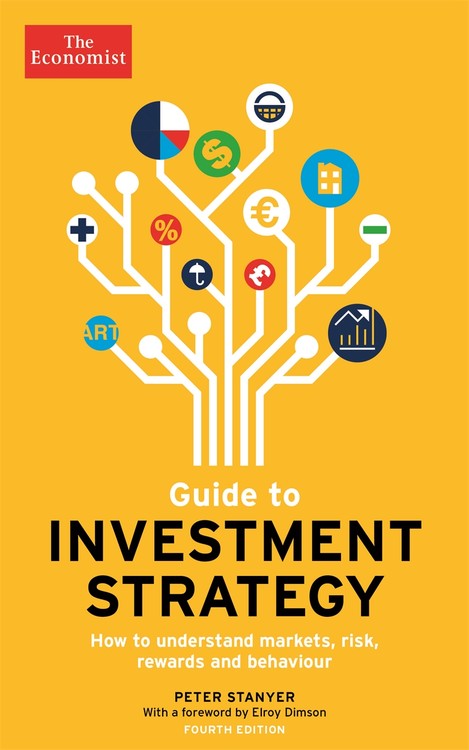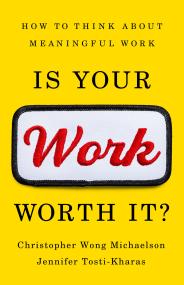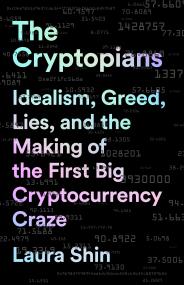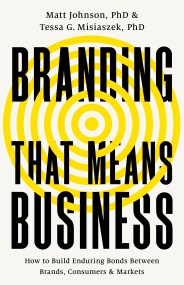Promotion
Use code MOM24 for 20% off site wide + free shipping over $45
Guide to Investment Strategy
How to understand markets, risk, rewards and behaviour
Contributors
Formats and Prices
Price
$13.99Price
$57.00 CADFormat
Format:
ebook $13.99 $57.00 CADThis item is a preorder. Your payment method will be charged immediately, and the product is expected to ship on or around May 8, 2018. This date is subject to change due to shipping delays beyond our control.
Also available from:
The 4th Edition of this benchmark book updated to help both professional and casual investor achieve their goals.
Supported by numerous charts and detailed analysis, The Economist Guide to Investment Strategy outlines how to construct investment strategies appropriate for individual investors.
It looks at the risks and opportunities of uncomplicated strategies and it comes with wealth-warnings for those who wish to explore more sophisticated and fashionable investment approaches. It emphasizes the importance of taking into account insights from behavioral analysis as well as the principles of traditional finance. It highlights how habitual patterns of decision-making can lead any of us into costly mistakes, and it stresses how markets are most dangerous when they appear to be most rewarding.
Genre:
- On Sale
- May 8, 2018
- Page Count
- 384 pages
- Publisher
- The Economist
- ISBN-13
- 9781610399807
Newsletter Signup
By clicking ‘Sign Up,’ I acknowledge that I have read and agree to Hachette Book Group’s Privacy Policy and Terms of Use
